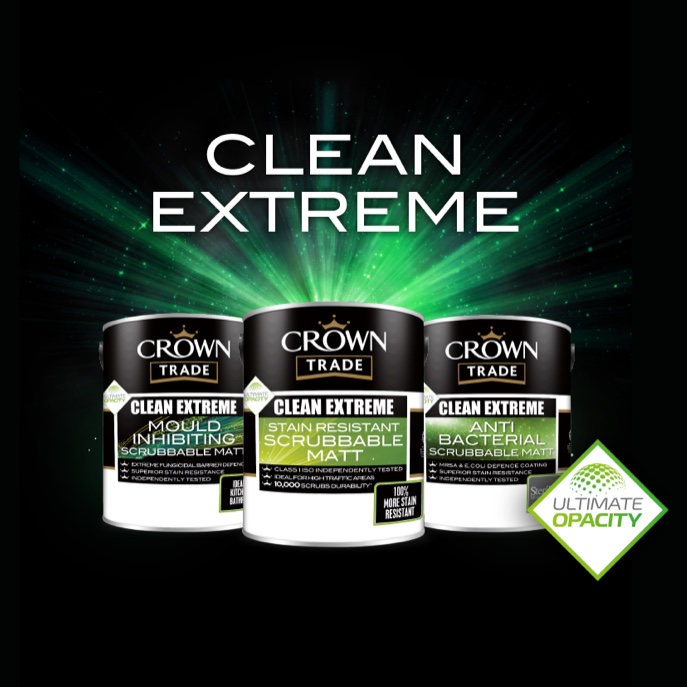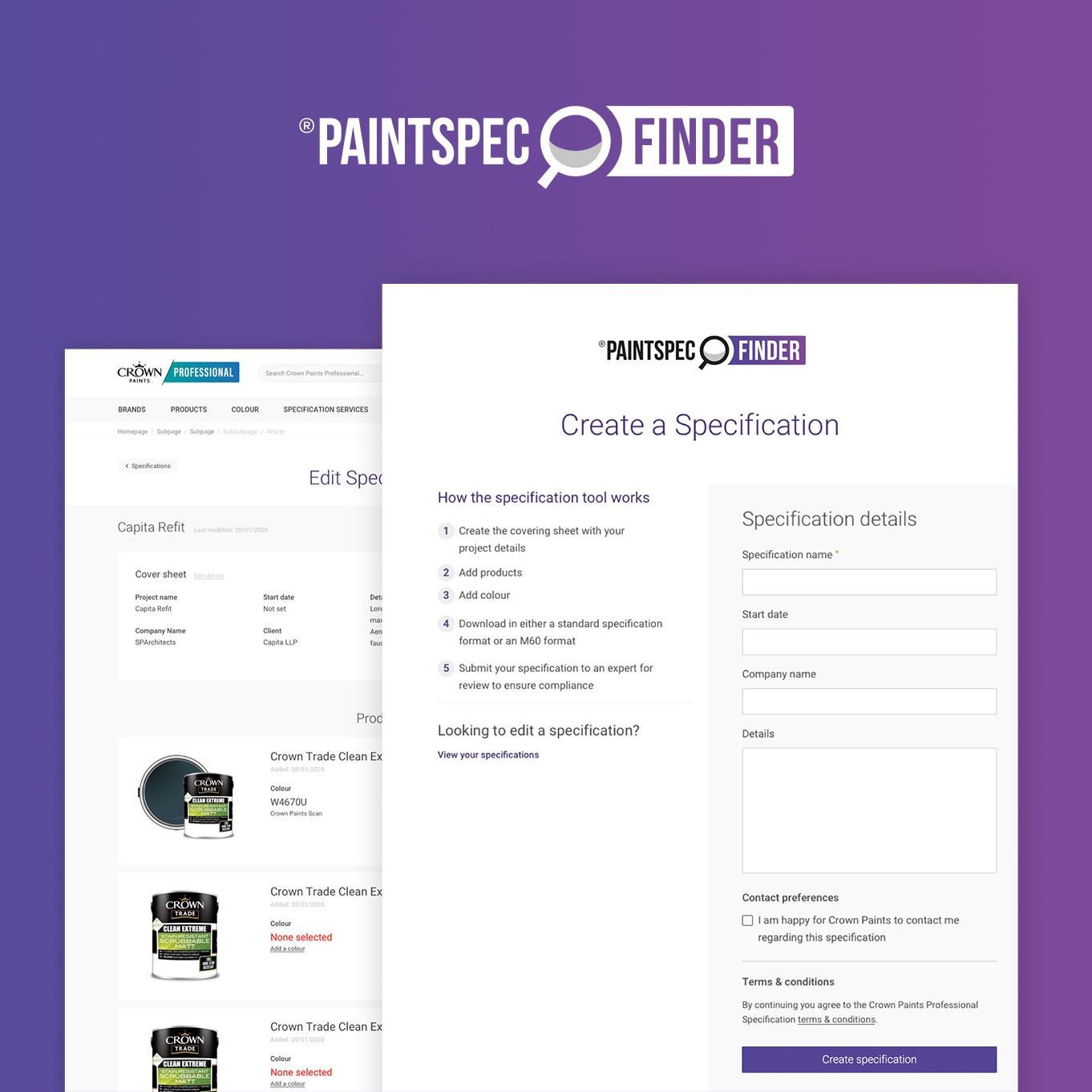Introducing SCAN
Colour names may offer emotional descriptions for a colour but these can easily be misinterpreted. With our SCAN code, each colour is scientifically measured and assigned a six-digit SCAN code.
Understanding the SCAN code is useful for several reasons. The first, is that it easily identifies the Light Reflectance Value; this is required in order to create tonal contrast (see the Equality Act Section for more information). The second reason is that it can tell us what colour family a neutral colour belongs to.
From the SCAN code we are able to understand the characteristics of a colour and can plot it in 3 dimensional space. Using the Scan code we define a colour by three characteristics:
Hue
The first two digits in the scan code relate to the hue, which describes the colour. The circumference of the sphere shows the hue, a gradual colour progression from yellow to orange to red etc. The hue is divided into 24 segments each represented by a letter of the alphabet (excluding I and O). Each segment is broken down further and given a numerical value from 1-9.
Lightness
The middle two digits in the SCAN code denote the lightness value. It is shown through the core of the sphere with light tones at the top and dark shades at the bottom.The light reflectance value is the amount of light a colour reflects. 00 being the darkest and 99 the lightest. If a colour reflects a lot of light it is regarded as a light colour and will have a high LRV, usually around 70-90. A low LRV such as 06 reflects only 6% of light and is therefore considered a dark colour.
Saturation
The last two digits in the Scan code refer to the saturation. Saturation is the chromacity of a colour or in other words, how vivid or neutral a colour is. 0A is a grey with no colour pigment whilst 5Z the brightest most vivid shade. The saturation value transitions are in steps of 0A to 0Z and then 1A-1Z. The brightest colours are on the perimeter of the sphere and the most neutral at the core.
Using the SCAN code can help us visualise a colour. From understanding the SCAN code we can disseminate a colour; we can understand which colour family it belongs to, how light or how dark it is and how much colour pigment there is within it.






